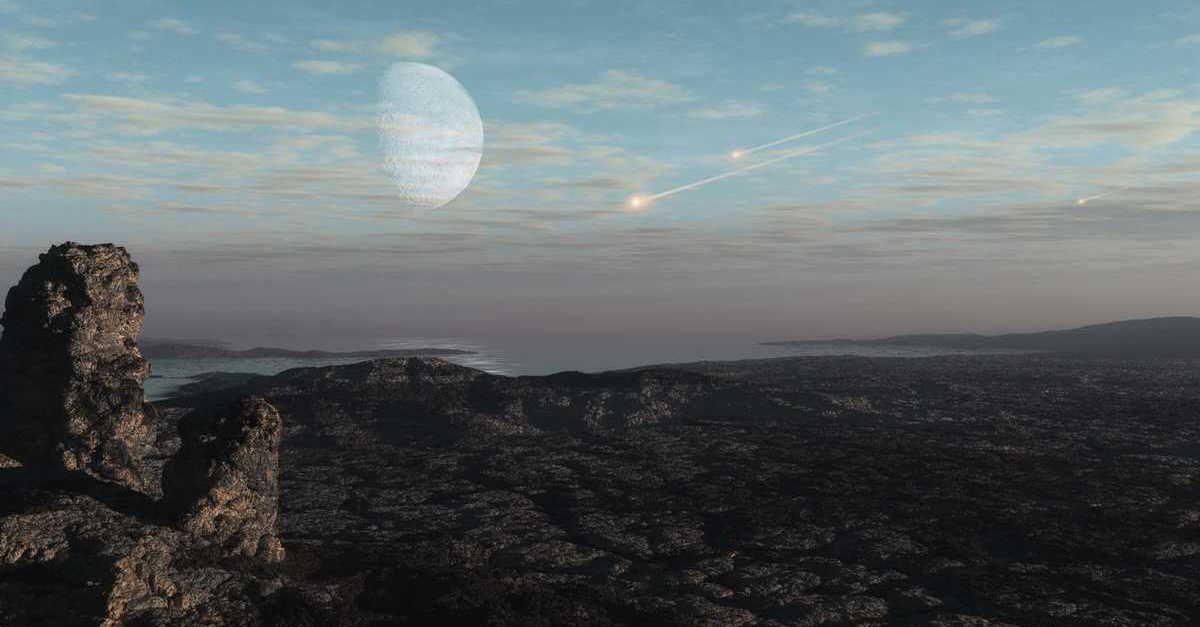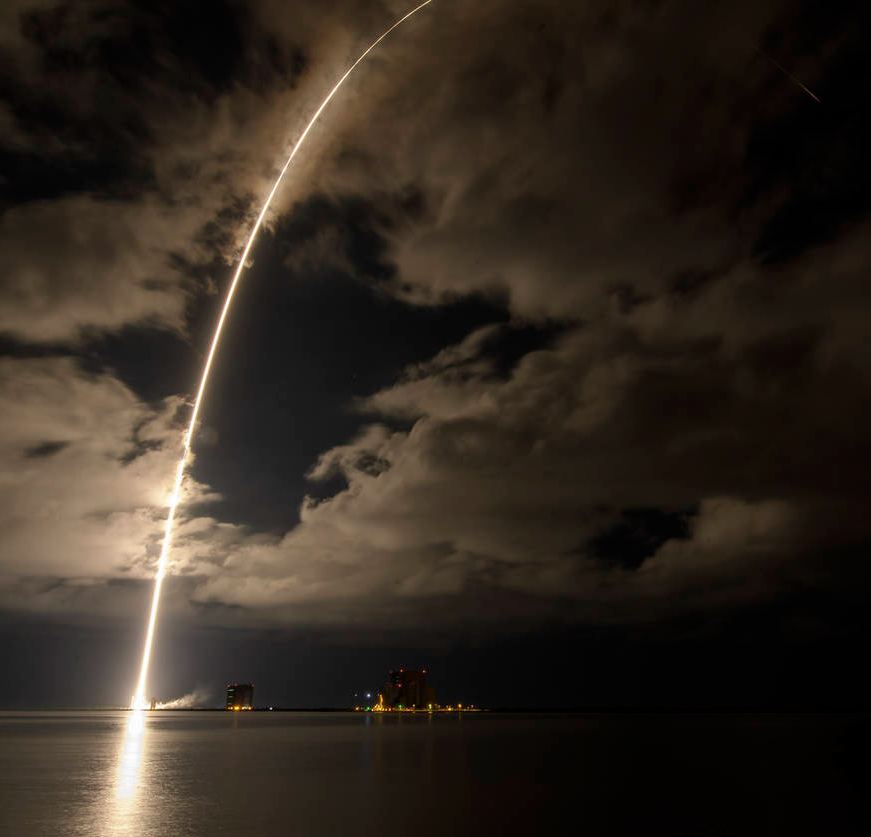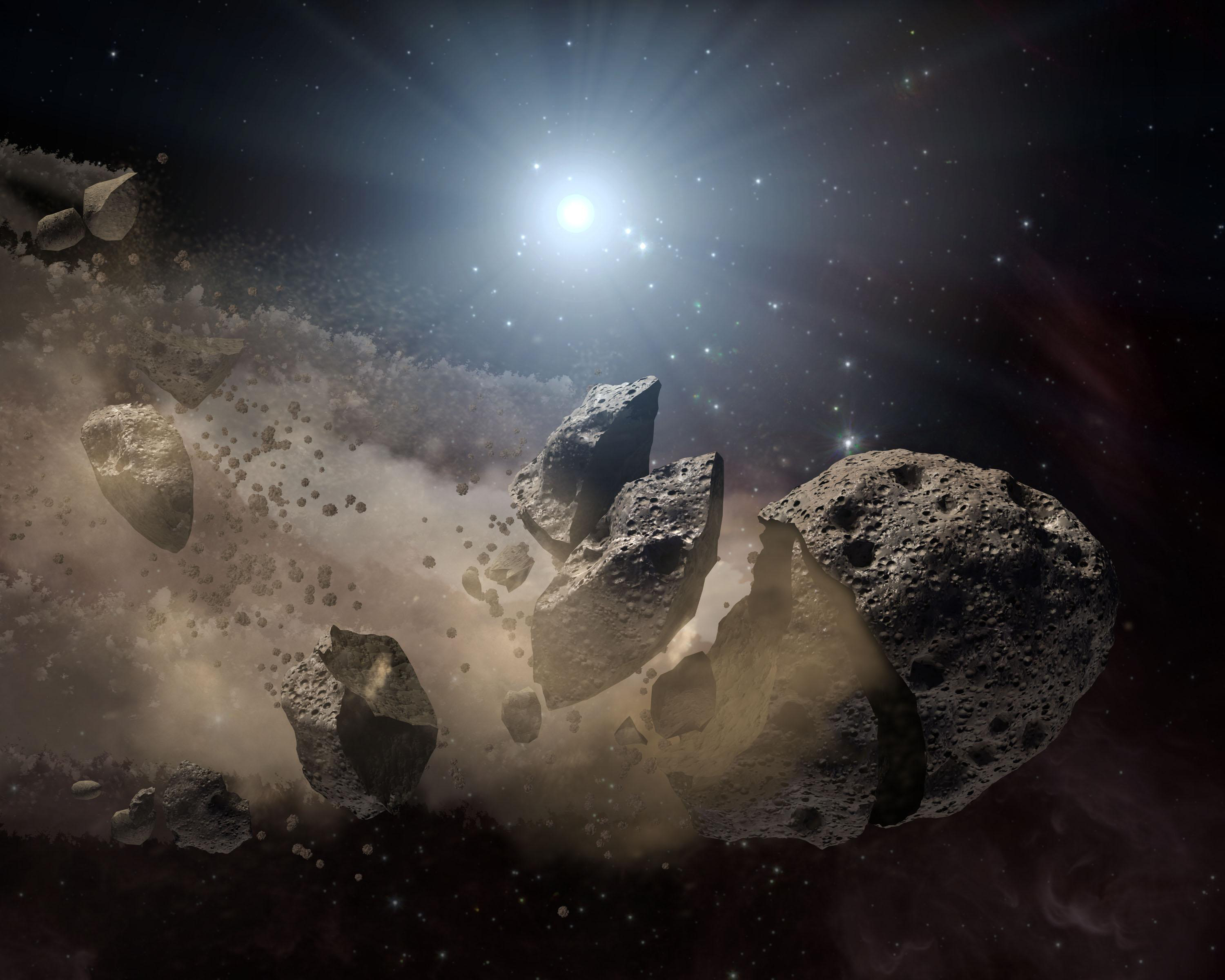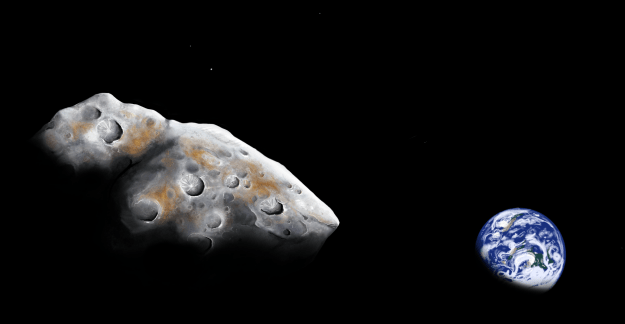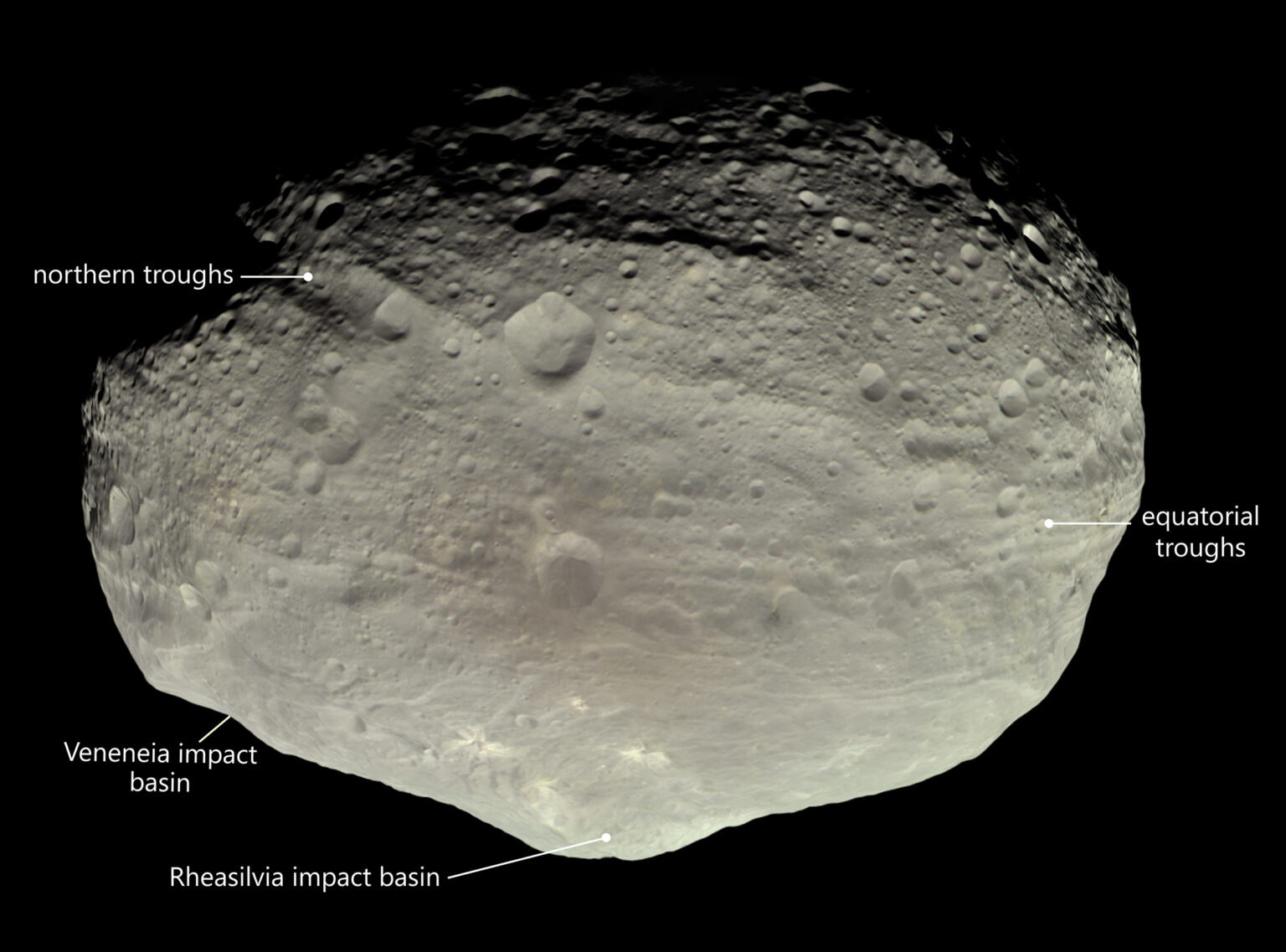If NASA and other space agencies don’t want us to freak out about asteroids colliding with Earth, why do they give them names like Apophis? It sounds apocalyptic.
Apophis was the ancient Egyptian god of Chaos. He was an evil serpent that dwelled in endless darkness, the enemy of light and truth. So when they informed us that an asteroid named Apophis was due for a close encounter with Earth in 2029, people were understandably anxious. After all, Earth’s previous dominant inhabitants were evicted by an asteroid.
Continue reading “Asteroid Apophis’ 2029 Flyby Will Provide a Bonanza of Asteroid Science”

